Views and opinions expressed in blog posts are those of the individuals expressing them and do not necessarily reflect those of THIRTEEN Productions LLC/The WNET Group.
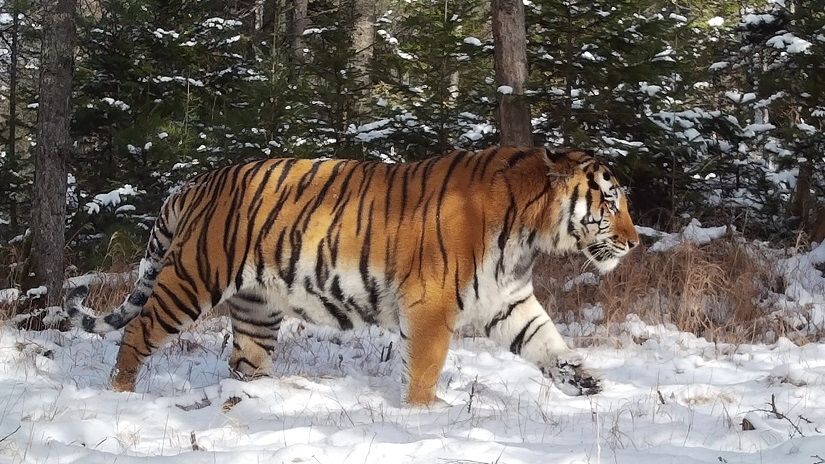
Siberian tiger walking in snow. Photo credit: ANO WCS and Sikhote-Alin Reserve.
The global goal to effectively conserve and manage 30 percent of the planet’s terrestrial and marine habitat by 2030—known as “30×30”—is an ambitious but critical goal of the Kunming-Montreal Global Biodiversity Framework adopted at a meeting of the Convention on Biological Diversity a year ago. The world’s natural areas face unprecedented threats from growing human populations, climate change, habitat loss and illegal exploitation of finite resources.
These threats put unrelenting pressure on key habitats for biodiversity and on the people that depend on these resources. However, even if we can put 30 percent of the planet under a degree of protection, it will not be possible to achieve 30×30 without a huge and united effort to recruit, train, and support a sufficient number of protected-area rangers.
Rangers are a diverse workforce and can be state employed personnel, indigenous peoples and local community members, organisations or voluntary groups. Together they form a crucial group responsible for protecting and conserving landscapes across the world. As members of the Tiger Conservation Coalition, we appreciate that the value of rangers goes beyond law enforcement—reaching into protection, conservation, monitoring, fire management, education, and community support.
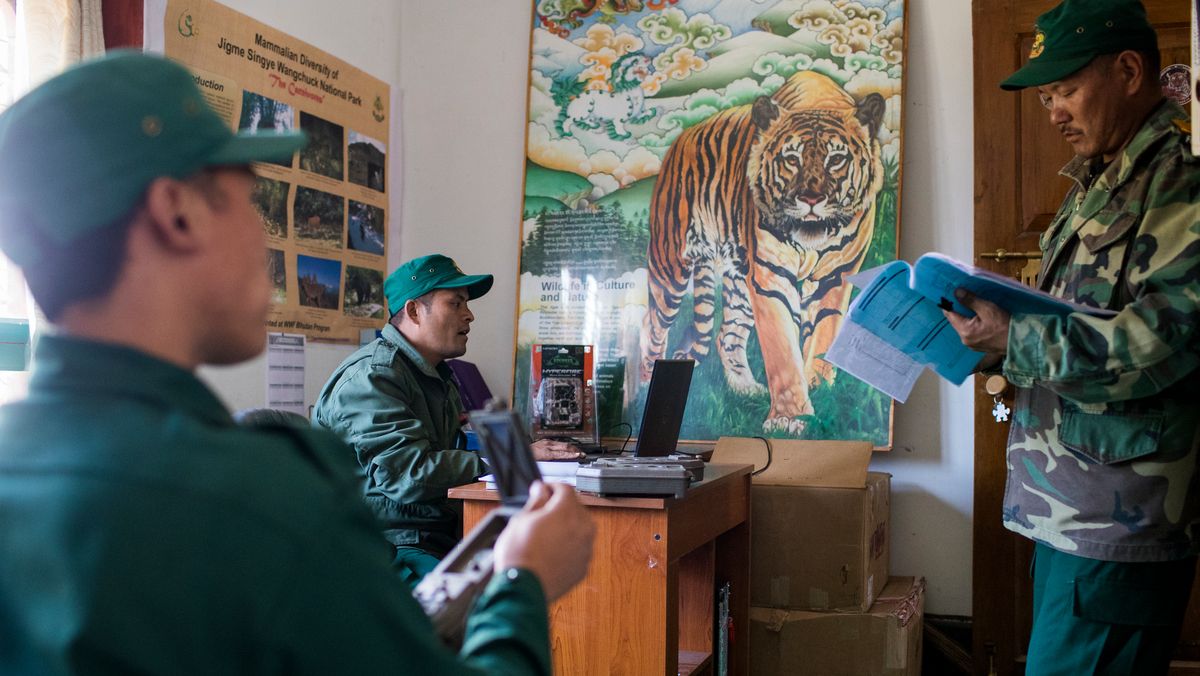
Government rangers at Jigme Singye Wangchuck National Park head office studying images of tigers captured by camera trapping technique. Jigme Singye Wangchuck National Park, Bhutan. Photo credit : © Emmanuel Rondeau / WWF-UK
This week marks the inaugural Asian Ranger Forum in Guwahati, India with the theme “Asia’s Biodiversity Guardians for 30X30.” For the first time, rangers across Asia have gathered to share their knowledge, successes and challenges. The event is advocating for the professionalisation of Asia’s ranger workforce. It is calling for greater commitment to enhance their well-being and showcasing the dedication rangers demonstrate in their vital role.
In protected areas throughout Asia, ranger densities are far lower than needed. The better protected ones have demonstrated that ranger numbers need to be up to 12 times higher than what they are currently are in many sites. This understaffed workforce is also a severely under-resourced one.
Though global standards of competence, conduct and welfare for rangers were released by United Ranger Support Alliance (URSA) in August 2023, they still need to be financed, implemented and reflected in policy. These standards represent guiding principle that rangers and the systems that support them can aspire to reach.

A government ranger from Jigme Singye Wangchuck National Park takes a break from work. Jigme Singye Wangchuck National Park, Bhutan. Photo credit: © Emmanuel Rondeau / WWF-UK
For instance, according to an analysis of rangers in tiger landscapes, a staggering 44.9 percent weren’t covered under their employee insurance scheme if they died in a job-related fatality. The implications of a severe injury or fatality due to work reaches beyond the short-term trauma of the incident itself. The Ranger’s immediate family suffer from the emotional and financial loss, and the wider family network or community often feel the burden of trying to help.
This past July saw the release of the global 2023 Roll of Honour, commemorating the 148 rangers and protected area workers who have died at work or as a result of their job between June 2022 and May 2023. Asia once again had the highest number of deaths compared to any other continent.
This is why it is so imperative we improve the conditions and employee support for the ranger workforce. If we don’t, it will become increasingly challenging to recruit more patrol staff and retain the ones currently employed. If these issues aren’t addressed, our fear is the ambitions of 30×30 will remain nothing but a dream.
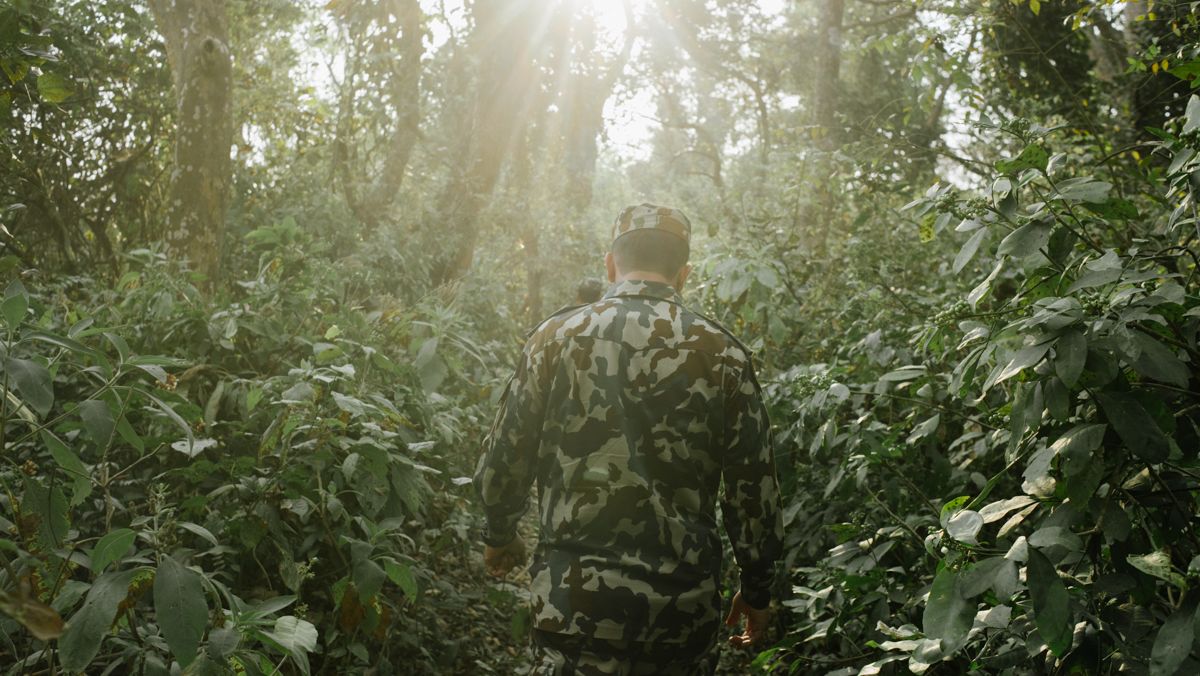
Lt. Col. Rajendra Pant is the commander of the Rana Shardul Batallion in Bardia National Park in Nepal’s Terai Arc Landscape. As head of the protection unit in the country’s largest national park in the terai, Lt. Col. Pant has helped scale up the presence of his protection unit deployed in the park while being aided by new technologies to safeguard tigers. Photo credit: © WWF-Nepal
Today, we join the IRF, the Ranger Federation of Asia, All India Forest Officers Federation, Aaranyak, and the Assam Forest Department to champion rangers and their welfare. This collaboration is vital in order to achieve 30 x 30 in Asia. As advocates for the importance of tiger conservation, we support the call to world leaders to include rangers in global policy as detailed in this document by IRF, The Thin Green Line Foundation, URSA, and supporting partners.
As our colleague Chris Galliers, President of the International Ranger Federation (IRF) notes, “It is a real milestone to see the first dedicated ranger gathering in Asia, which will look to find solutions to threats and address the professionalisation of a critical workforce needed to secure landscapes, where tigers can thrive amongst the rich biodiversity of the region.”
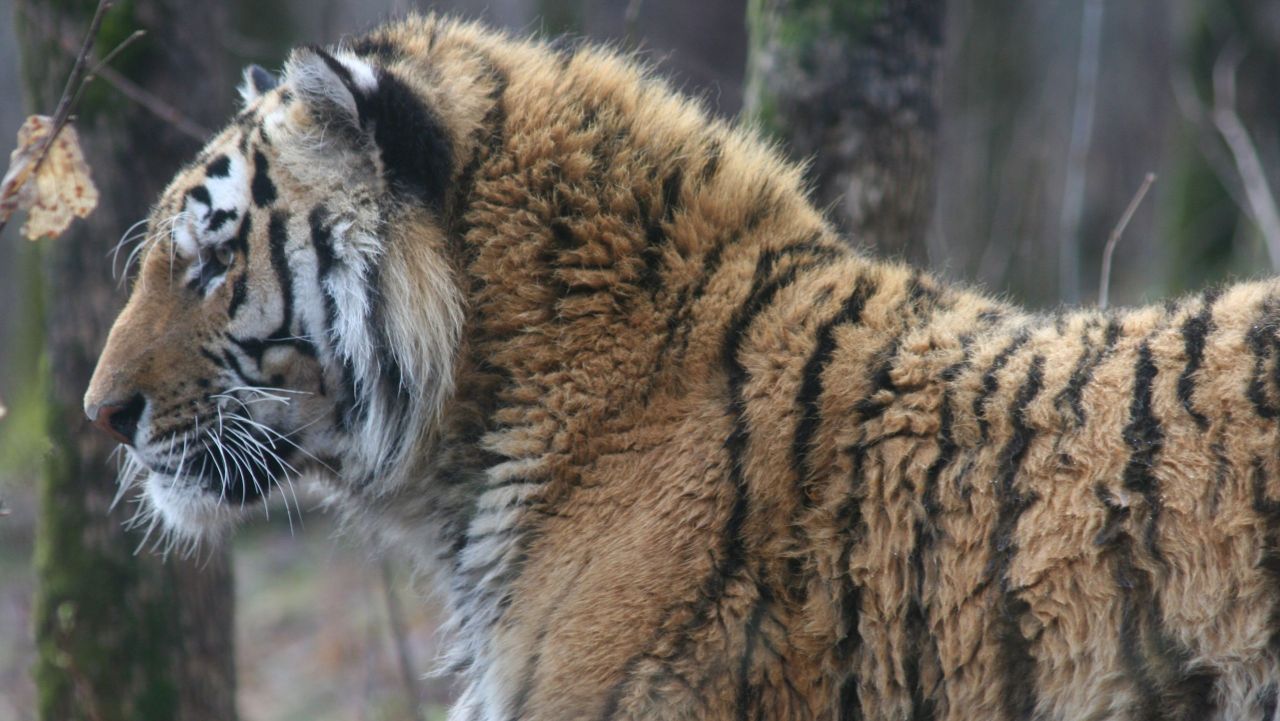
Siberian tiger. Photo credit: Dale Miquelle © WCS
Tigers are the most endangered species of big cat. While tiger populations are increasing in some countries, the tiger’s range across Asia continues to decrease, with the big cat now occupying around 5 percent of their historic range. The combination of growing human populations in tiger landscapes and reduced tiger habitat is increasing human-tiger conflict in some areas.
A recent paper identifies more than 1.2 million km2 of potentially suitable habitat for wild tigers. These areas are within the historic tiger range across 14 countries with similar levels of human pressures as locations currently occupied by tigers. But the challenge remains. With an increase in tiger range, the current number of rangers, their capacity and funding needs to be significantly scaled up too.
The Tiger Conservation Coalition brings together leading biologists and experts. Towards achieving our joint vision of securing a viable future for the tiger we are co-organizing the “Sustainable Finance for Tiger Landscapes Conference” to be hosted by the Royal Government of Bhutan from April 22-23, 2024 under the Royal Patronage of Her Majesty The Queen of Bhutan, Jetsun Pema Wangchuck.
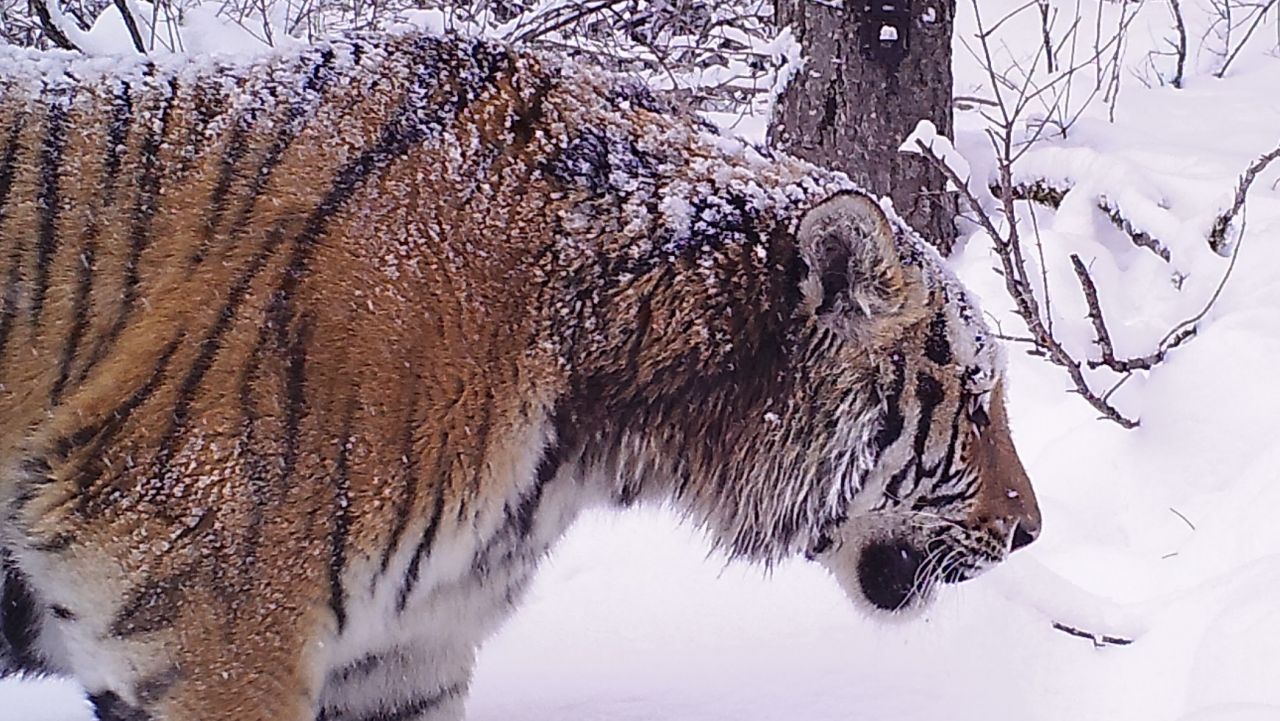
Siberian tiger in snow. Photo credit: ANO WCS and Annui National Park
The conference hopes to inspire collaboration between, and leverage funding from, the private and public sectors to contribute to large-scale sustainable financing for tigers and their landscapes, including strong alignment with the sustainable financing needs to implement the outcomes of the Asia Ranger Forum.
To ensure effective management of these vital habitats, it’s imperative that governments and decision-makers prioritize the professionalization of the ranger workforce, increase financial support, and integrate rangers into global policies. In so doing, we invest in the protection of biodiversity and the well-being of present and future generations. Let us rally behind these unsung heroes whose efforts are crucial in securing a sustainable future for nature and people.
Members of the Tiger Conservation Coalition include: the International Union for Conservation of Nature (IUCN), the Environmental Investigation Agency; Fauna & Flora; Panthera; TRAFFIC; the United Nations Development Programme; the Wildlife Conservation Society; and the Worldwide Fund for Nature (WWF).
